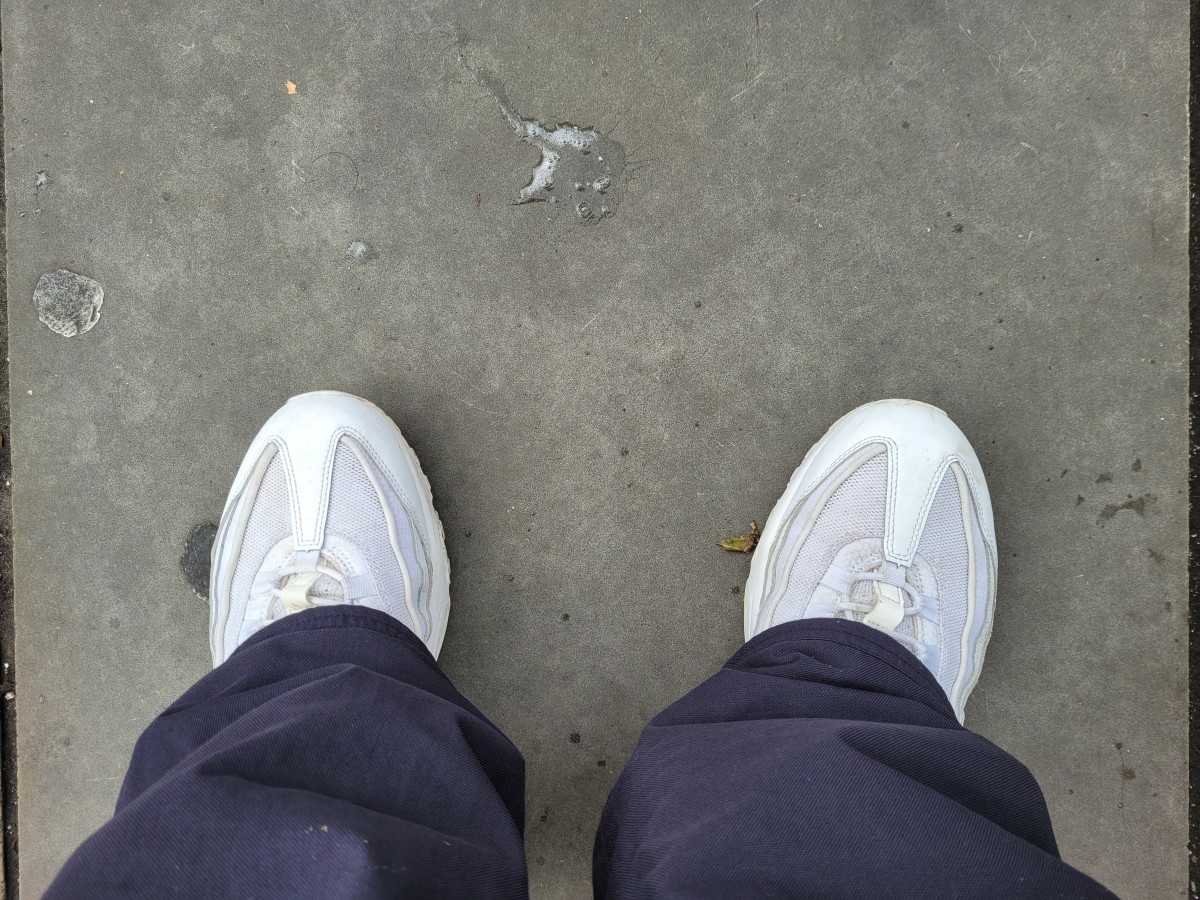Avoid Mercury Poisoning at Work

Mercury is a serious hazard to human health. It can damage the brain, spinal cord, nervous system, kidneys and liver. It can also cause cancer. Both high level/short-term and low level/long-term mercury exposures can cause dangerous health problems. The risk depends on how much mercury a person is exposed to and how long and how often the exposure occurs. Very high exposure to breathing airborne mercury metal vapor can quickly poison a person.
Symptoms begin with cough, chest pain, trouble breathing, and upset stomach. Chemical pneumonia, which can be fatal, may develop. Low level nerve damage from mercury poisoning may start with a loss of sensitivity in hands and feet, difficulty in walking, or slurred speech.
Other developments can include memory loss; shaking, tingling, or loss of feeling of the hand, tongue, or eyelid; vision impairment; loss of coordination; speech impairments; muscle weakness; mental disturbances; and kidney disease.

Dangers of vaporized mercury
Mercury is the only metal that is liquid at room temperature. In its pure form (often called metallic or elemental), mercury is a shiny, silver-white, odorless liquid. When elemental mercury is spilled or exposed to the air, it vaporizes slowly. But if heated in a warm environment it will vaporize more quickly into a toxic, colorless, odorless gas. The warmer the temperature, the more quickly mercury vaporizes. In its vapor form, mercury is easily inhaled and is extremely toxic.
If a person is exposed to mercury in air for a long enough time, even a small amount can affect his or her health. Elemental mercury can also be absorbed through the skin. Inorganic mercury compounds may be harmful if breathed or swallowed.
If your facility processes mercury-containing items, you must take precautions to protect your employees and others from exposure.

Step 1: Identify mercury-containing items
Mercury metal is used in many consumer products including barometers, blood pressure instruments, thermometers, thermostats, electrical switches, and some types of light bulbs, including fluorescent, high intensity, mercury vapor, high-pressure sodium, and metal halide. Inorganic mercury compounds are found in old alkaline batteries and some button batteries.
Establish a load screening program so materials are inspected and identified on entry. Any suspected mercury-containing items should be separated from the waste stream and processed using precautions specifically designed to protect people from exposure.
Step 2: Prevent inhalation exposures
The greatest danger of mercury exposure is through inhalation so you must provide continuous air monitoring in areas where mercury-containing items are processed. Record readings every two hours and require the immediate shutdown of the process area if readings go over 0.003 mg/m3. This reading cutoff is far lower than the current permissible exposure level recommended by NIOSH. Using high-efficiency air filtration systems over processing equipment can also minimize mercury concentrations.
If these controls don’t lower exposures to acceptable levels, high exposure areas must be posted as “Respirator Required”. No person must be allowed in a respirator required area unless they use an appropriate organic respirator specifically designed for mercury exposures.
Step 3: Avoid spreading contamination
Avoid spreading mercury contamination to other parts of the facility and prevent employees from taking it home accidentally. Require that employees who work with or near mercury-containing substances:
- change into work clothes and shoes at work
- keep their street clothes and shoes in a clean place
- remove mercury from work clothes and shoes before taking them off
- shower at work at the end of the day
Do not let employees take work clothes homes to launder if there is a possibility of mercury contamination. Provide laundry services so employee’s work clothes are cleaned off-site.
Visibly contaminated clothing should be treated as hazardous waste and disposed of.

Step 4: Educate employees
Mercury is particularly harmful to the health of pregnant women and their unborn babies. Babies exposed to mercury while in the womb can suffer severe damage to the nervous system and may die. They may also have brain damage, learning disabilities, and hearing loss.
Employees who are pregnant must not work in jobs where there might be an exposure to liquid mercury or vapors. Frequently remind employees that they must inform human resources immediately if they suspect they are pregnant. They will be transferred to jobs where there is no exposure potential. Posters in break and locker rooms are good ways to keep this information in front of employees.

Step 5: If a Spill Occurs
Spilled elemental mercury will bead up and spread readily. The amount of vapor it produces depends on the amount spilled, surface area, temperature (vapor increases with warmer air), air flow, and physical disturbance of the spilled material. If a spill occurs, train employees to:
- Not touch the spilled mercury
- Dam the mercury using absorbent material to prevent spreading (have these available in mercury processing areas)
- Evacuate the area
- Ventilate by opening windows (if a cool day) or turning up air conditioners
- Turn off all heaters to minimize evaporation
- Mercury Poisoning Diagnosis and Treatments
Mercury poisoning information including symptoms, diagnosis, misdiagnosis, treatment, causes, patient stories, videos, forums, prevention, and prognosis. - Mercury Poisoning Causes, Symptoms, and Prevention on MedicineNet.com
Learn about mercury poisoning and the sources of mercury in our environment such as burning coal, light bulbs, batteries, dental fillings, fish and shellfish, vaccines, and more. - The Emergency Response Safety and Health Database: Lung Damaging Agent: MERCURY (ELEMENTAL)
Emergency response procedures for a mercury spill. - NIOSH Pocket Guide to Chemical Hazards
The NIOSH Pocket Guide to Chemical Hazards (NPG) is intended as a source of general industrial hygiene information on several hundred chemicals/classes for workers, employers, and occupational health professionals.
Step 6: How to Clean up a Spill
Allow only specially trained employees to
clean up spilled mercury. Keep spill kits available in those areas where mercury contamination is possible. The spill powder may be used as a temporary control measure and should be spread from the perimeter of the spill toward the center. Do not allow anyone to walk through the spill or spill powder.
- Never use an ordinary vacuum cleaner or shop vacuum. They can heat the mercury and cause it to vaporize. The vacuum cleaner will also become contaminated and continue to release mercury vapor for a long time.
- Never use a broom to clean up mercury; it will break the mercury into smaller drops and spread it around more. The small droplets also evaporate faster.
- Never pour mercury down a drain. The mercury can become lodged in pipes, and pollute septic tanks or waste-water-treatment plants.
- Never launder mercury-contaminated clothing in a washing machine; doing so can contaminate the washer. Dispose of mercury-contaminated clothing in the trash, or if it is visibly contaminated, take it to a hazardous waste collection site.
You owe your employees a safe work site. Prevent mercury exposures up front and they will remain healthy, productive workers.









